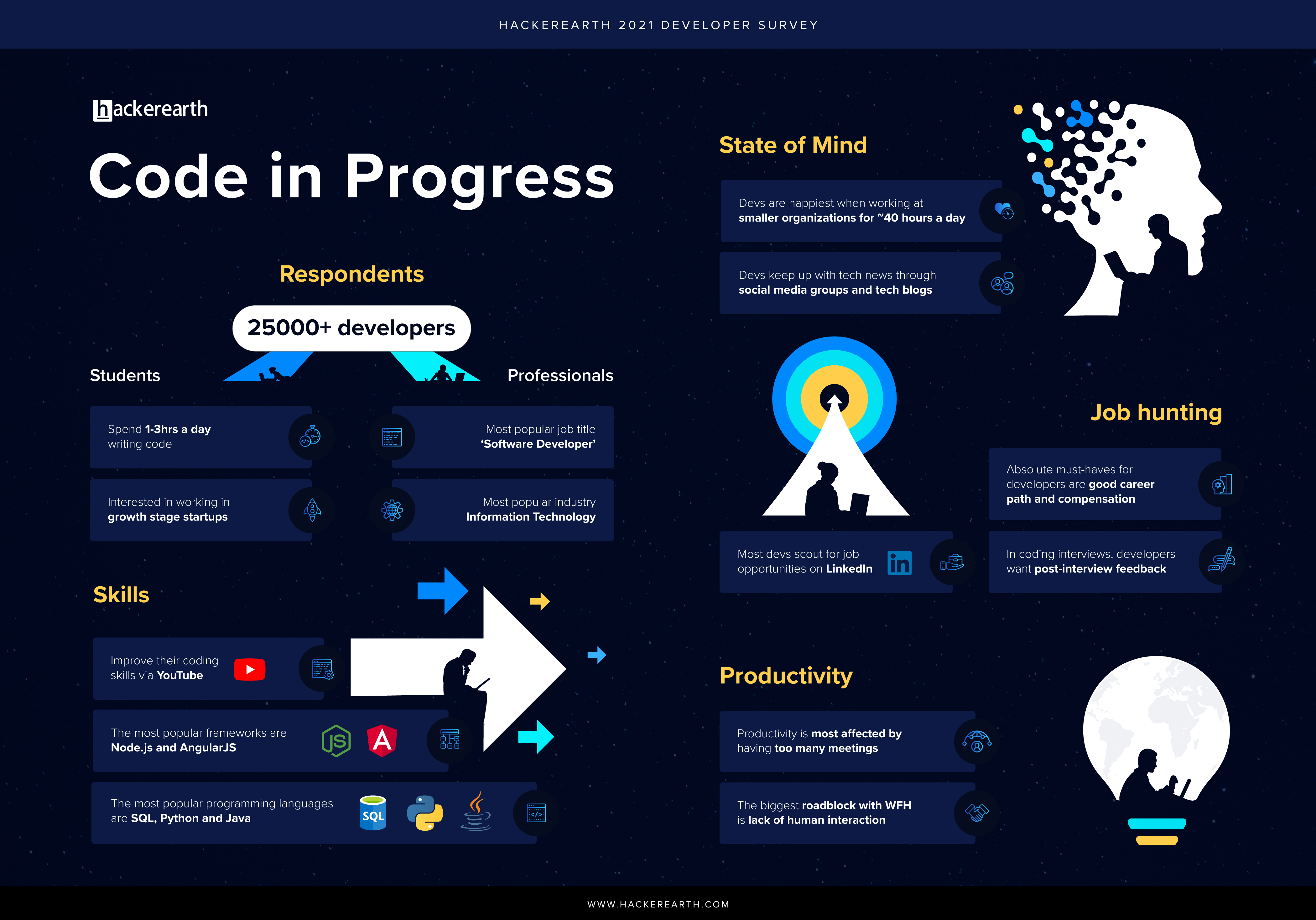There isn’t much time left for the regional level of ACM ICPC coding contest. It is the most prestigious contest globally, and considering the exposure and charisma that it holds, as one nears the timelines, stress levels increase and one tends to doubt their preparation.
We at HackerEarth, understand this and conduct a 5-hour practice contest as a build up to the ACM ICPC.
The contest was styled similar to the ACM ICPC contests, wherein 5 hours were provided to solve 11 programming problems. The problem set, as described by the team involved in preparing, testing, fixing, and conducting the contest - was relatively easy for expert programmers, and we could feel the wave of submissions coming as soon as the contest became live. In the first hour itself, 8 out of 11 problems were solved by a lot of teams. The three remaining problems according to the team were difficult, especially Legendary Graph - and they were right! Only two teams could manage to crack that problem in the duration of 5 hours.
Though, the problem set ended up having one issue - which was the 10th problem.
So, before the prizes are distributed and sent, we need to clear the confusion regarding the final standings of the contest.
Game of sweets! (the 10th problem) did not have a clear problem statement, which resulted in a lot of teams interpreting the question differently than they should have — and ended up submitting a lot of apparently wrong solutions — some of which were correct according to the alternate interpretation of the problem statement. So, to sort that out, we decided to manually evaluate the submissions for the top people in the rank list — by checking if their solution passed either of the two interpretations of the given problem and then update the rank list for the top 3 people and the top 3 Indian teams.

The contest received participation from about 25 countries across the globe. A total of 1384 teams participated. Some of the best international programmers like anta, Lewin, Errichto, Xellos, Natsugiri, waterfalls also participated.
The top 3 teams were Anta, bloody_unko, and Lewin - where Anta and Lewin participated individually, and not in a team! They would be awarded vouchers worth $100, $80 and $50 respectively. The top 5 Indian teams were Faceless Men, DaFruitsSalad, Rex_Regum, Heuristics, Mobius_Treap. The top 3 Indian teams in this contest, who also qualify for ACM ICPC Regional will have their ACM ICPC travel expenses reimbursed.
The practice contest has been successful in equipping the participants with the format of the regional level of ACM ICPC contest. It has also succeeded in bringing to light several competent programmers on the global level. The zeal that this contest received globally, encourages us to come up with other similar contests in the future.
PS. You can find the editorials for all the problems in the contest here.
We at HackerEarth, understand this and conduct a 5-hour practice contest as a build up to the ACM ICPC.
The contest was styled similar to the ACM ICPC contests, wherein 5 hours were provided to solve 11 programming problems. The problem set, as described by the team involved in preparing, testing, fixing, and conducting the contest - was relatively easy for expert programmers, and we could feel the wave of submissions coming as soon as the contest became live. In the first hour itself, 8 out of 11 problems were solved by a lot of teams. The three remaining problems according to the team were difficult, especially Legendary Graph - and they were right! Only two teams could manage to crack that problem in the duration of 5 hours.
Though, the problem set ended up having one issue - which was the 10th problem.
So, before the prizes are distributed and sent, we need to clear the confusion regarding the final standings of the contest.
Game of sweets! (the 10th problem) did not have a clear problem statement, which resulted in a lot of teams interpreting the question differently than they should have — and ended up submitting a lot of apparently wrong solutions — some of which were correct according to the alternate interpretation of the problem statement. So, to sort that out, we decided to manually evaluate the submissions for the top people in the rank list — by checking if their solution passed either of the two interpretations of the given problem and then update the rank list for the top 3 people and the top 3 Indian teams.

The contest received participation from about 25 countries across the globe. A total of 1384 teams participated. Some of the best international programmers like anta, Lewin, Errichto, Xellos, Natsugiri, waterfalls also participated.
The top 3 teams were Anta, bloody_unko, and Lewin - where Anta and Lewin participated individually, and not in a team! They would be awarded vouchers worth $100, $80 and $50 respectively. The top 5 Indian teams were Faceless Men, DaFruitsSalad, Rex_Regum, Heuristics, Mobius_Treap. The top 3 Indian teams in this contest, who also qualify for ACM ICPC Regional will have their ACM ICPC travel expenses reimbursed.
The practice contest has been successful in equipping the participants with the format of the regional level of ACM ICPC contest. It has also succeeded in bringing to light several competent programmers on the global level. The zeal that this contest received globally, encourages us to come up with other similar contests in the future.
PS. You can find the editorials for all the problems in the contest here.






































